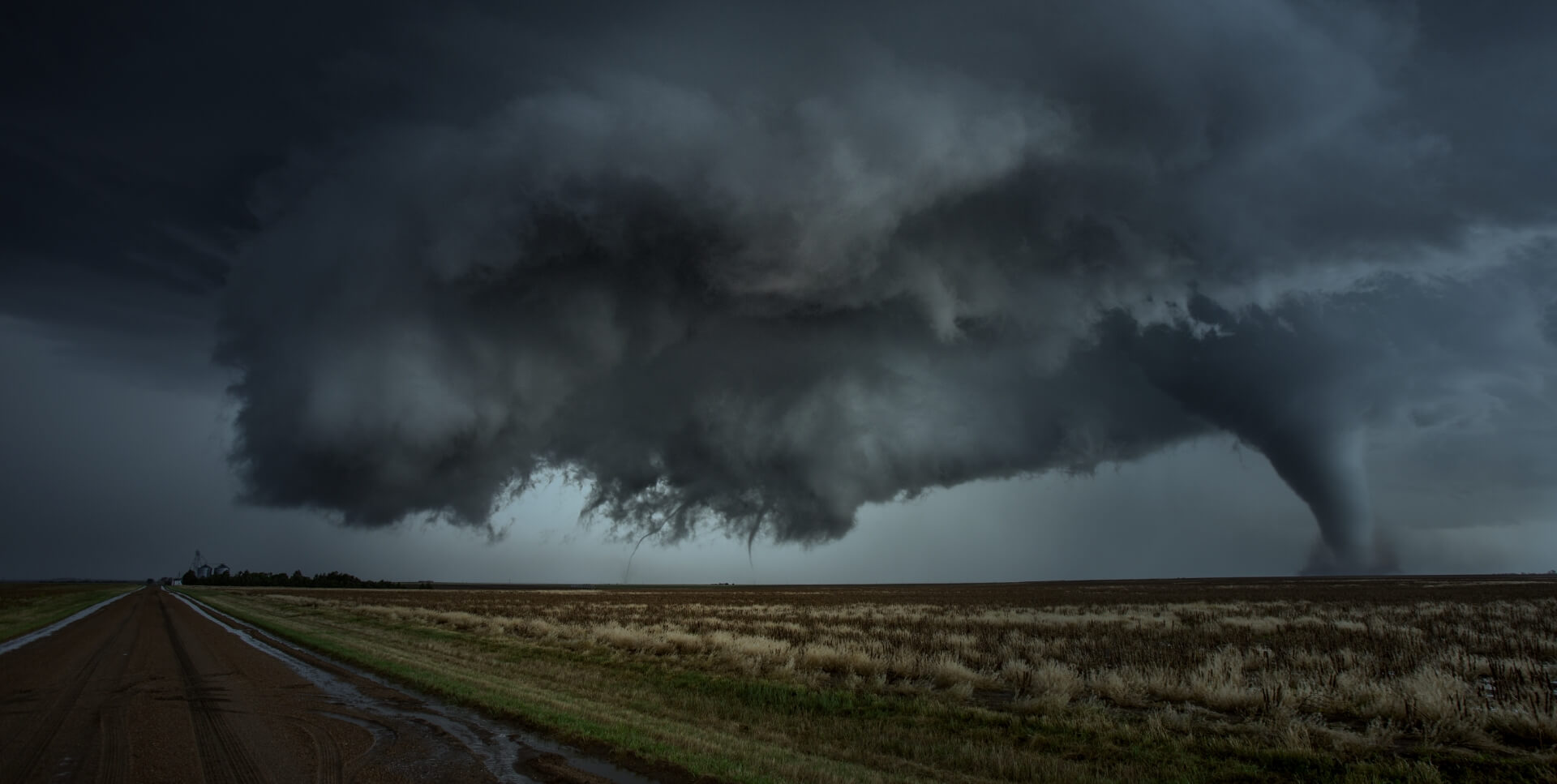Tornadoes rip through cities leaving damage and destruction in their path. Immediately following a catastrophe, insurance is oftentimes the last thing considered. However, to help expedite the claims process and ensure an accurate settlement, we have compiled some of the most important steps to keep in mind after sustaining tornado damage:
1. Document Damage:
Before doing anything else, photograph and video the damages.
2. Inspect the Property & Get a Policy:
Contact a qualified damage expert to verify/quantify how much damage you have sustained. Request a complete certified copy of your property policy from your agent or adjuster.
3. Mitigate and Photograph the Damages:
Call a qualified and reputable restoration company to “stabilize” the property to secure and prevent further damages. Keep a record of all invoices for emergency repairs. Be leery of big-box mitigation companies that start packing up your contents to clean or just store somewhere off-site. That cost will dip into content coverages even if it’s later determined that the property should be replaced.
4. Start a Claim Diary:
List every person/ adjuster and the date they inspect the property.
Keep an account of conversations with adjusters and always get as much as possible in writing.
Summarize important phone conversations in an email back to the insurance adjuster making sure to reiterate any verbal commitments in writing.
5. Prepare for the Adjuster:
If you hire a qualified Public Adjuster they should prepare the estimate and claims package before the adjuster even steps foot on the property. Be aware of common “red flags.” Engineers, short inspections, mention of being “under deductible,” Reservations of Rights, Denials, delays, examination under oath (EUO’s). If any of these occur contact a PA or attorney.
6. Valuation of Structural Damage:
Twenty-two of the twenty-five major US insurance companies rely on Xactimate as the estimating software to quantify the damage. Not all contractors utilize Xactimate and that’s OK! Contractors likely know their costs better than the software program does and they are the ones actually doing the work. However, if your contractor does not utilize this program, consider bringing in a Public Adjuster that does to level the playing field.
7. Valuation of “Other Damages”:
Most commercial policies provide coverage beyond the structural property. This can include business interruption, extra expenses, business personal property, and inventory. These coverages often require the assistance of experts (forensic accountants and content specialists) and significant time to substantiate. Our team has access to these resources and more.
8. Settlement/ Complete Repairs:
Make sure if you sign a waiver of rights or full and final settlement you are happy with the proposed settlement – this can sometimes prevent you from recovering anything further, even supplements. If you have ANY questions consult a qualified Public Adjuster. You will likely only be paid out on the Actual Cash Value of the settlement. This amount is determined by taking the full cost of the repairs, less depreciation, less the deductible. Depreciation is applied in Xactimate based on the age/condition of the materials used. Some states do NOT allow depreciation on labor. The Department of Insurance in each state should identify with bulletins to address this.







